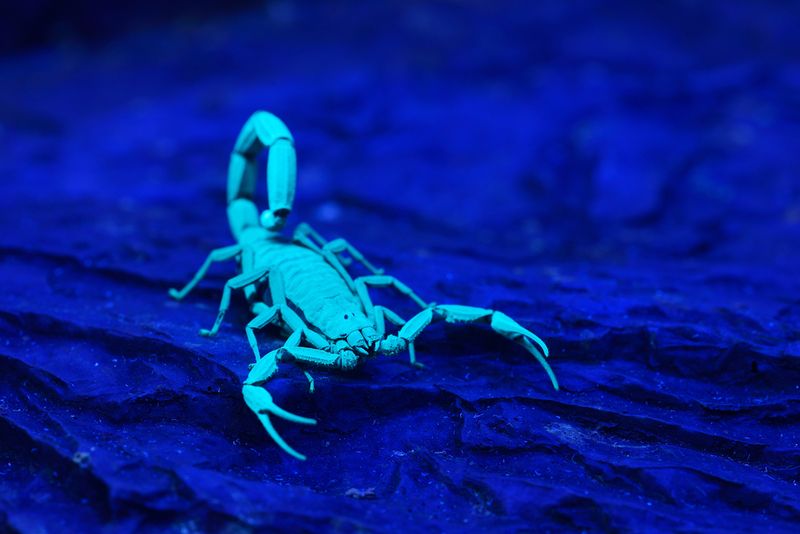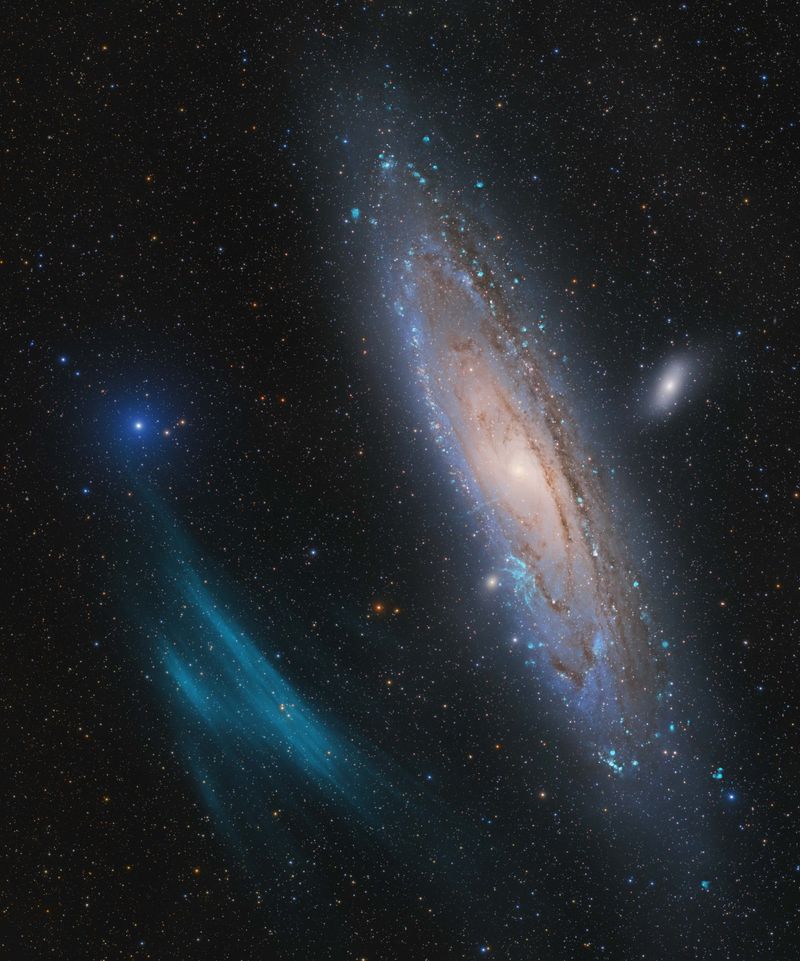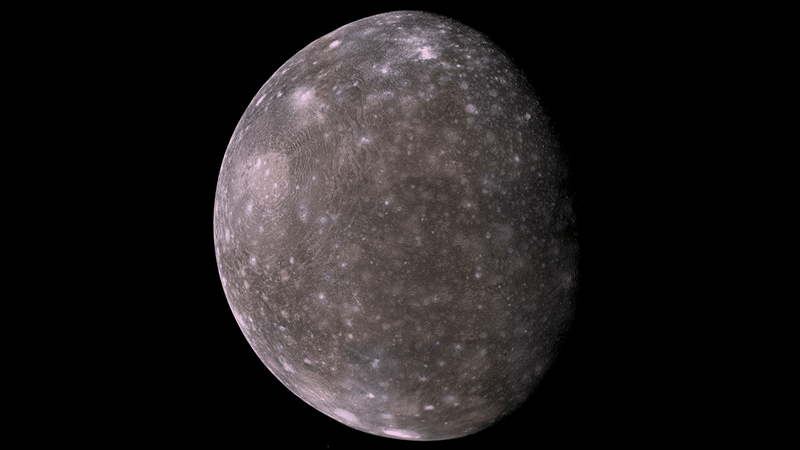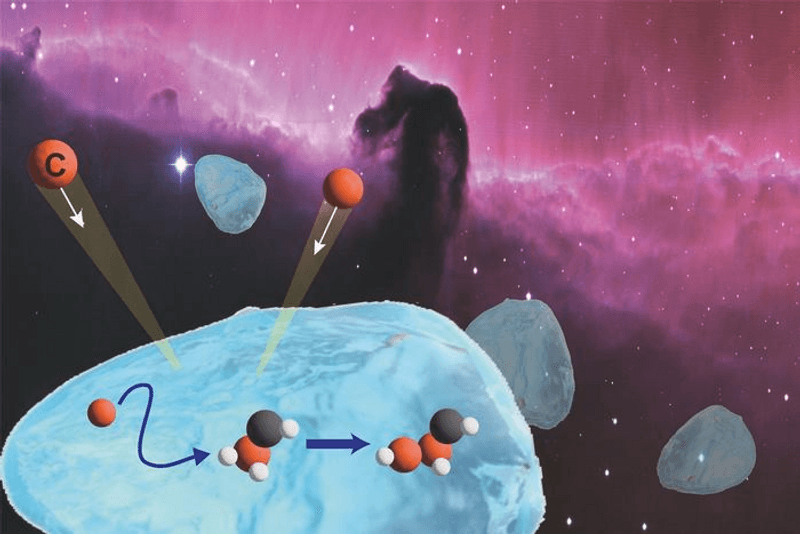The ability to glow is a mesmerizing trait – but some things can only do so under certain circumstances, for example, having a black light shone on them. So what is a black light, and how do they work?
How do black lights work?
Black lights emit ultraviolet (UV) light, which has a shorter wavelength than visible light. Specifically, black lights emit UVA, with a wavelength between 315-400 nanometers.
Ultraviolet photons can be absorbed by electrons whizzing around atoms. Electrons occupy orbitals around an atom, each able to contain a fixed number of electrons with a certain amount of energy. Electrons normally occupy a “ground state”. However, when they receive just the right amount of energy, they can become “excited”, occupying a more energetic state.
This excited state can’t last forever though, and the electron then tumbles back down the energy levels, releasing energy by emitting photons. However, energy dissipates while the electron is excited, and it can go down one level at a time rather than doing it all at once. This means that the photons that come out are different to the ones that go in: they have less energy and a longer wavelength. These lower-energy photons can be in the visible light spectrum, which causes materials to glow!
What glows under a black light?
Many weird and wonderful things fluoresce under a black light. Plenty of creatures have this property when exposed to UV: Flying squirrels glow a fabulous bubblegum pink, platypus fur glows greenish-blue, plenty of amphibians get their glow on, and photoluminescence was documented in garden dormice just this year. It's even possible dinosaurs had glow-in-the-dark features.
UV can also be used in dermatology to screen for conditions using a Wood’s lamp, which emits UV. Healthy skin appears bluish, while other colors can indicate an issue – coral pink can point to bacterial infections, and gray or white spots on the scalp can suggest lice.
Semen is famous for glowing under UV. However, a 1999 study tasked 41 doctors with distinguishing semen samples from commonly used products such as ointment using a Wood’s lamp (WL). “None of the 41 physicians were able to differentiate semen from other products using a WL,” the authors write. “Moreover, the semen samples used for the study did not fluoresce under WL analysis. None of the 29 semen samples fluoresced whether wet or dry.”
The iconic image of blood splatters in a crime scene lighting up blue actually comes from luminol, which is sprayed on surfaces and fluoresces when it reacts with blood.
If you want to demonstrate your newfound science knowledge at a cocktail party, you’ll be pleased to know that the quinine in tonic water also lights up under UV!
All “explainer” articles are confirmed by fact checkers to be correct at time of publishing. Text, images, and links may be edited, removed, or added to at a later date to keep information current.




